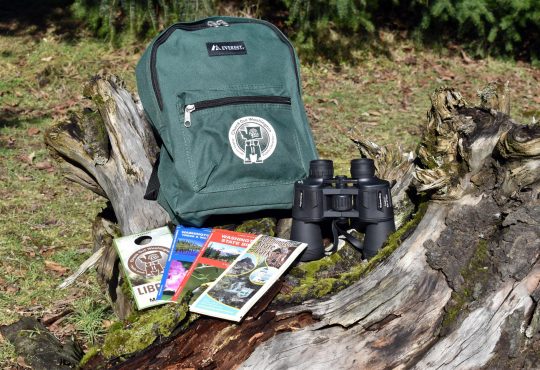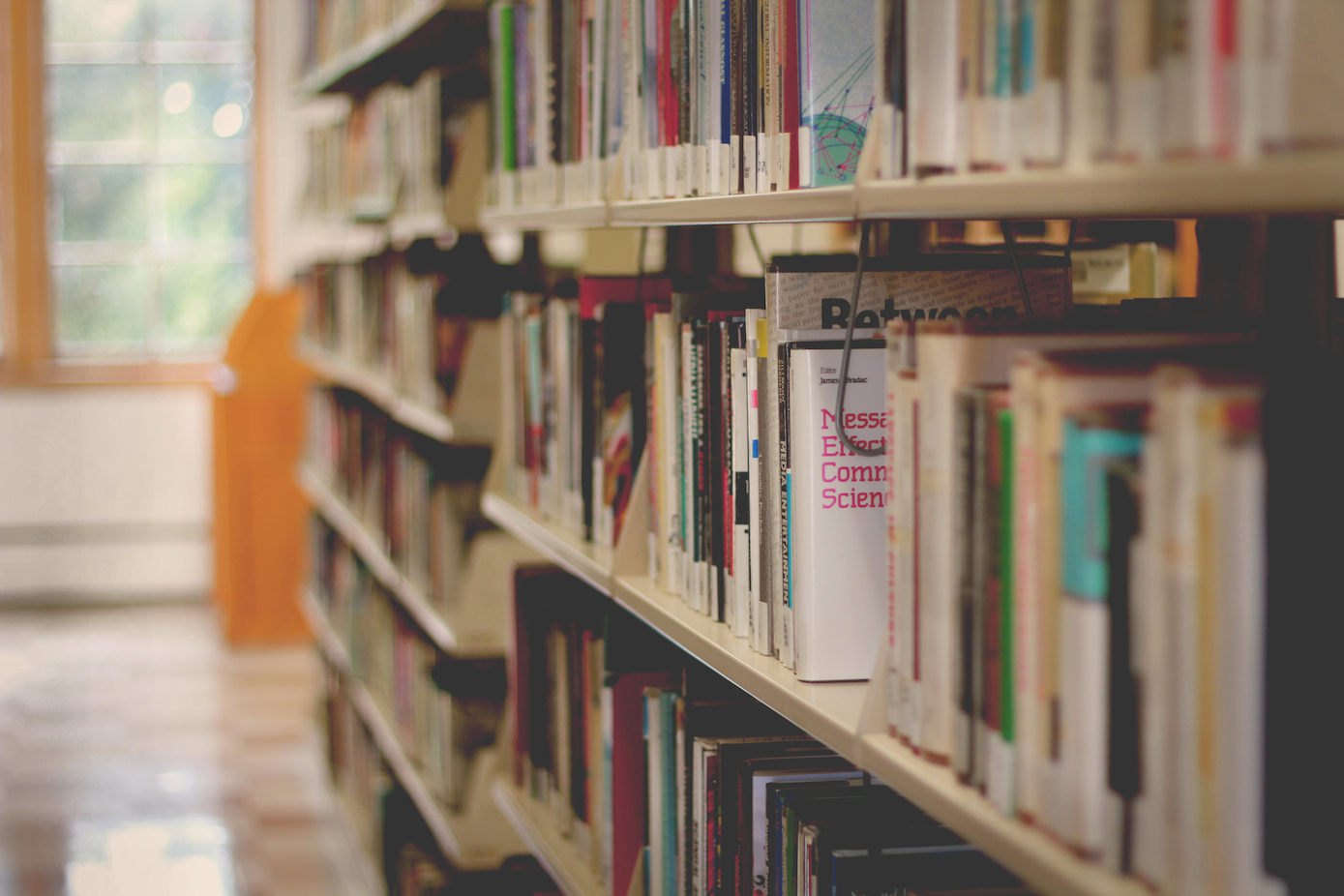
Forty-seven thousand books were moved this summer as a part of Collins Memorial Library’s recent renovation. The books are now in different areas of the library, dispersed in order to make room for the changes on the basement level. You may have noticed a large part of the basement floor has been renovated. The area where study rooms, long tables and oversized books used to be is now a completely different space. New seating, new study rooms and a complete reconstruction of the Technology Department are the most prominent new aspects of the basement.
According to Jane Carlin, the Collins Library Director, the library remained open during the renovation. Most of it happened in the summer, but organization is a continuing process. Many materials were moved in order to accommodate the new space. According to Carlin 118,000 units of books, journals and other academic material were handled during the renovation.
The large-scale shifting of academic materials is partially caused by the consolidation of the Technology department. The entire department is now located on the basement level, whereas before it was split up around campus. The transfer and removal of books also made room for the new and improved study space. “It’s great to see a beautiful new space for students,” Carlin said.
All of the books and journals located in that area of the basement floor have been relocated to other areas of the library and some have been discarded. The decision to discard books and journals was made with great care. Much of the discarded material was available online, or deemed not valuable to the community any longer; many of the discarded items were journals that no longer fit the curriculum of the University.
“Certainly it’s never easy to remove academic materials from a library,” Carlin said. But according to Carlin, filtering and removing materials is an important aspect of maintaining a successful library.
Carlin also noted that the Mac Lab moved to the first floor. Carlin hopes that this change will increase its usage. The computers are now available for use during all library hours, whereas before they were only available for the limited hours the Technology Center was open. The Macs come equipped with advanced Adobe software such as Illustrator and Photoshop, that students are free to use as long as the library is open.
The renovation was geared towards student needs and interest, based on surveys, with a goal of creating positive spaces for students to collaborate and study in.
“It embodies the type of learning space we want to create,” Carlin said about the new study space.
People seem to appreciate the space. Maya Gilliam, a sophomore at Puget Sound, frequents the new study spaces. “I love to work down here; I spend most of my productive time doing school work down here,” she said. Gilliam commented on the new ambience of the space: “I feel like it’s a new, chic look. … It has kinda spruced up the library.”
Though the benefits of the renovation are many, the transition did not go perfectly, and organization is a continuing project. David Smith, who works for Technology Services and is a student at Puget Sound, shared his perspective of the change: “I remember it coming as a bit of a shock. … It’s been a bit of a mess.”
The consolidation of tech departments seemed to be a challenge and Smith described the change as “not very efficient.”
Though the physical aspects of the renovation are complete, organizing materials is a continuing process. Smith said that there was “a lot of scrambling” at the beginning of the fall semester.
Renovating is a complex feat, especially when dealing with copious amounts of academic materials. The renovation signifies the library’s understanding of student needs, but has also caused mild frustration as the process continues.


